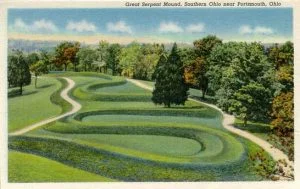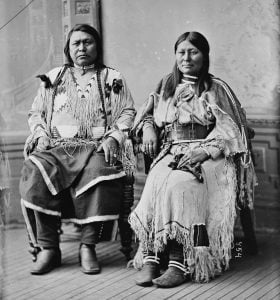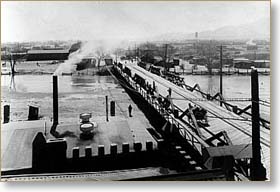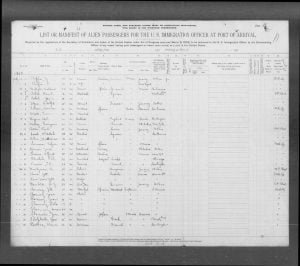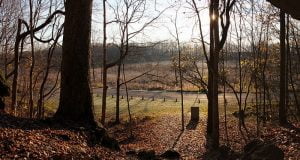Day, Chad Eric – Obituary
Chad Eric Day, 30, of Redmond, died August 15, 2003. A visitation for family and friends will be held Thursday from 1 p.m. to 5 p.m. at Burns Mortuary of Hermiston, 685 W. Hermiston Ave. A gathering will be held on Saturday at 1 p.m. at the home of Vicki and Mike Koontz, 924 W. Alder St. in Hermiston. Private inurnment will be held at the Hermiston Cemetery. Chad was born Oct. 17, 1972, at Hermiston to Bob and Vicki Clark Day. He was raised and grew up in Hermiston, where he enjoyed playing baseball and soccer and attended Hermiston … Read more


